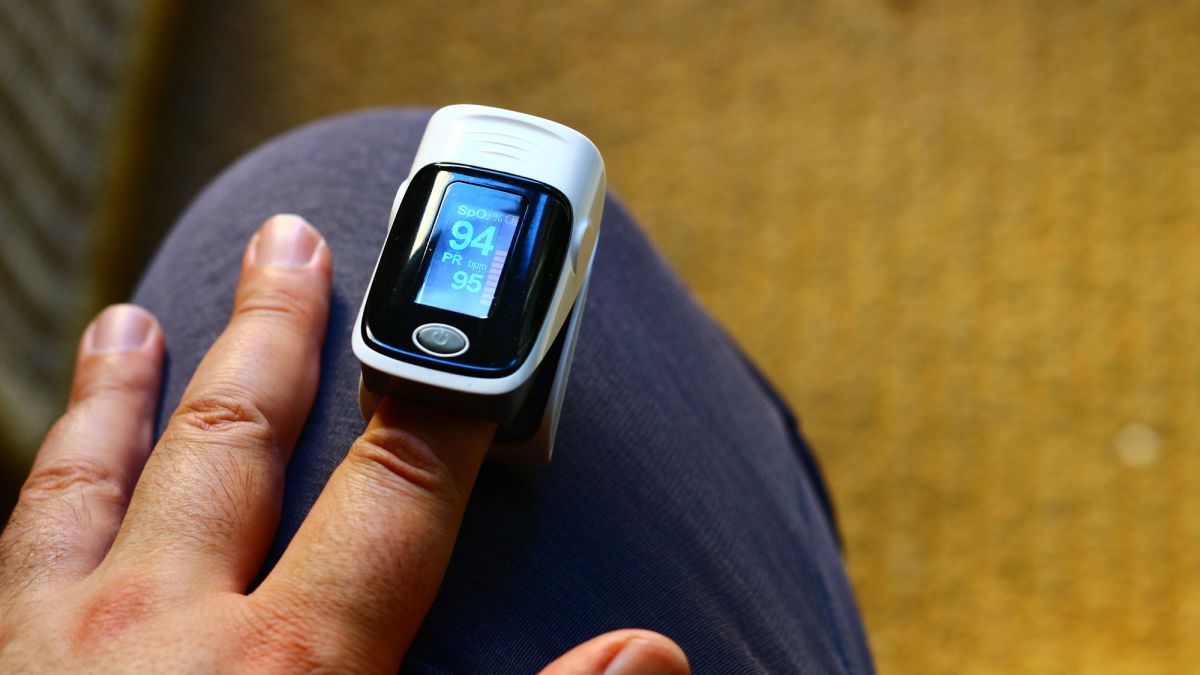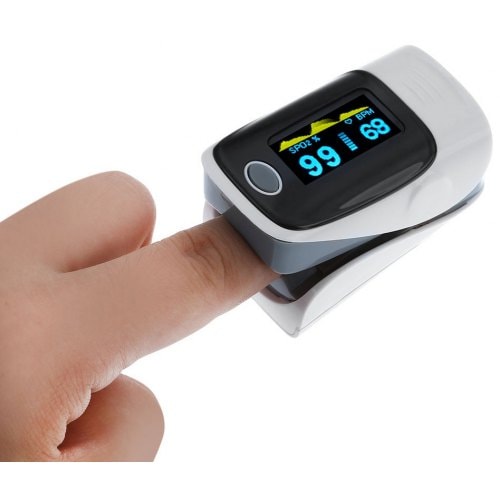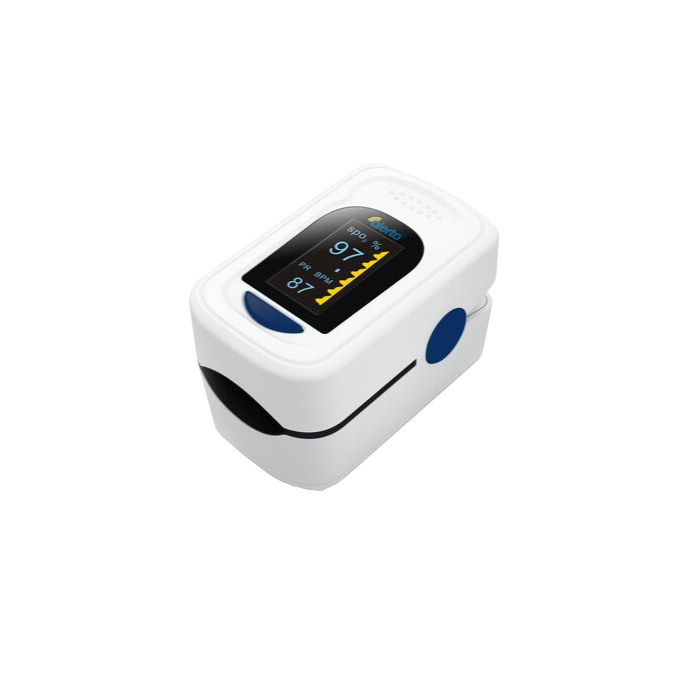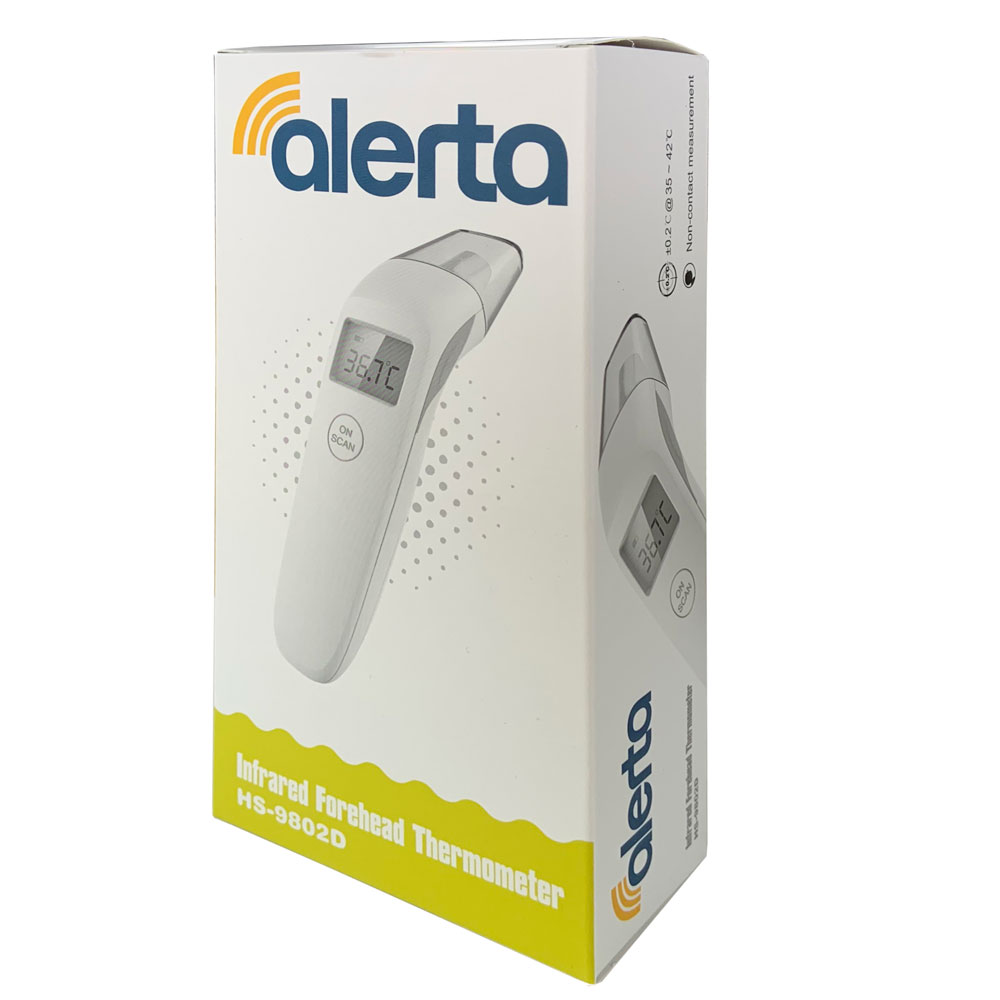With the current COVID-19 pandemic being at the forefront of everybody's mind over the past few weeks and months a number of different symptoms and signs which can be considered 'early indicators' of the virus have been shared and mentioned on news outlets and by a range of medical professionals.
Two of the most common symptoms which are easy to determine are a new and persistent cough and a fever. Both of these are relatively easy to diagnose and with a non-contact thermometer it is even easier (a fever is considered anything over 38°C (100.4°F)).
One of the lesser mentioned early symptoms of a respiratory virus such as COVID-19 is the reduction in blood oxygen levels. This reduction does not always present itself in as obvious ways as other COVID-19 symptoms but it has been suggested that it can be an early indicator of the virus even in those who are otherwise asymptomatic.

Blood Oxygen and COVID-19
Over recent weeks reports of this early warning symptom have become more and more frequent with a number of medical professionals suggesting the link between low blood oxygen level which has preceeded the developement of the condition. The reports first started to appear on a number of news outlets in the US but have now started appearing in the UK in places such as the Daily Mail, Sky News and The Guardian.
"Normally, doctors would be more concerned about [other] symptoms, but Covid-19 is slightly odd," says Ian Pavord, a professor of respiratory medicine at the University of Oxford and chief medical adviser to Asthma UK. "Blood oxygen can go very low in a patient who is not symptomatic. If I am doing virtual consultations, I can see that kind of information would be very helpful."

How to use an Oximeter
Checking your blood oxygen level at home is easy and takes a matter of seconds with a Pulse Oximeter. The device simply clips onto the tip of the forefinger as the sit with their hand resting on a surface such as arm of a chair or table top. The device then shines small beams of light through the finger and in doing so measures the amount oxygen in the blood. It does this by measuring the difference in light absorption in oxygenated and deoxygenated blood and the process itself takes a totla of 30 seconds and is completely painless. The display on the device will then show the percentage of oxygenated blood, with 100% being the best, as well as the heart rate of the wearer.
In the average person, who is not suffering from a respiratory condition, a reading of anywhere between 95-100% is considered normal and healthy. For those with acute or chronic respiratory illnesses (influenza, C.O.P.D etc) this reading may be lower but if your reading drops below 92%, then it is advised to contact your doctor.
Oximeters are battery powered and ideal for having in the home, especially if you are an asthma, C.O.P.D or other respiratory illnesses sufferer as it can be an invaluable early warning sign.
When it comes to COVID-19 specifically, it should be noted that a low blood oxygen level is not a definitive symptom or diagnosis of the virus but has been linked to the disease as an early sign. Should you use an oximeter and get a low reading, we strongly advise you to take a second reading after a short period of time. If this second reading is also low we advise you contact 111 and follow their advice and guidelines.

Purchasing an Oximeter
Clearwell stock Fingertip Pulse Oximeter's and digital non-contact thermometers for immediate delivery across the UK. These devices are ideal for using as early warning devices for respiratory infections and are highly recommended for those in the high risk category for COVID-19. You can purchase our Oximeter and Thermometer using the links below.

